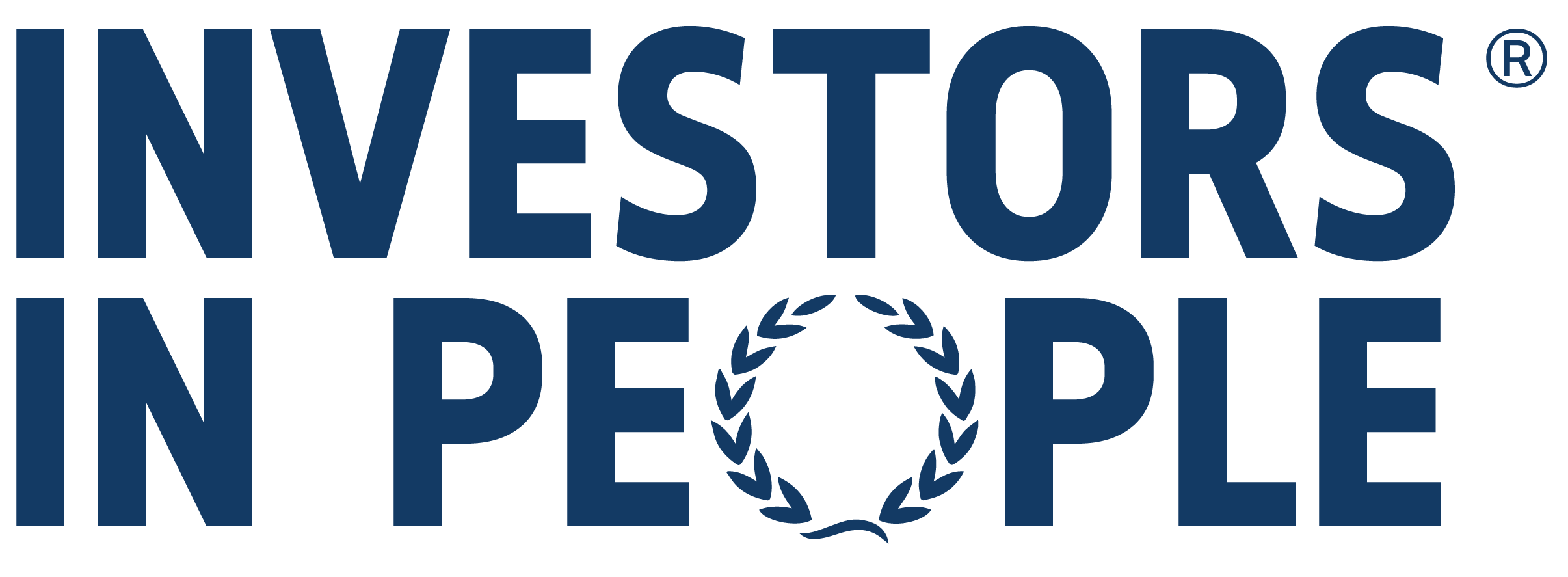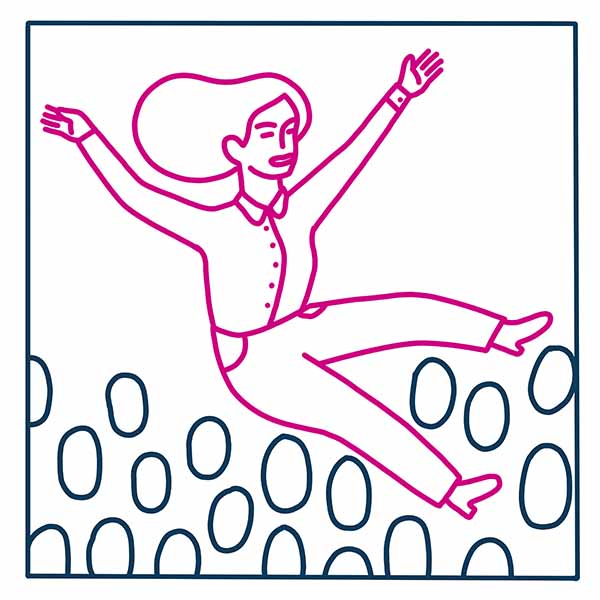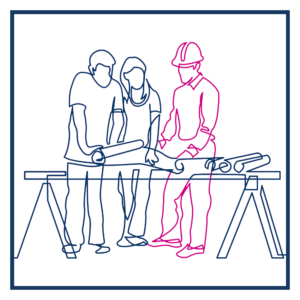Employee recognition schemes are popular for good reason. They can increase engagement, improve interpersonal dynamics, reset behavioural expectations through positive reinforcement and better align employee experience with organisational goals. But they only drive these outcomes if structured and run in the right way. In this article we cover four top tips to help HR ensure recognition schemes deliver value to the organisation.
Don’t let recognition schemes magnify existing biases
Recognition schemes act like mirrors. Reflecting the positive and negative structures at play across the workforce, including the mechanisms that undermine workplace inclusion.
One of these mechanisms is unconscious bias. Managers and colleagues rate people they can physically see as better than those they can’t. Which disadvantages part-time workers and those working flexible hours. This bias can show up in recognition schemes, because people more readily recall the achievements of co-located team members.
Another mechanism is around visibility. Employees who contribute to visible outcomes receive more recognition than those that don’t. Staff with mission-critical responsibilities – which only become apparent when things go wrong – may receive less recognition. The classic example is the IT team who ‘keep the lights on.’
Although these mechanisms occur unconsciously, they undermine the effectiveness of recognition schemes and lead to resentment and feelings of unfairness among those who feel their efforts aren’t being recognised.
Peer-to-peer recognition schemes will, in part, be driven by how colleagues make each other feel.
HR’s role is in data analysis. Once you’ve run your scheme for a few months or more, take a data snapshot and interrogate it to see where the blind spots are. Then, you can ensure the unsung heroes get the recognition they deserve.
Always look at the context surrounding recognition
Recognising achievement and positive behaviour is fantastic. But organisations must be aware that dysfunctional or unhealthy behaviours may be recognised in positive ways.
The classic example is the worker recognised for staying late every night for a month to get a project finished. They may be happy their efforts haven’t gone unnoticed, but on the edge of burnout.
Or, what about the worker being regularly recognised for going the extra mile in supporting their team. Does this mean that the team is understaffed or needing formal support in order to progress, and that the person is picking up the slack?
Organisations must look at the overall trends in the type of behaviours being recognised as this data can point to shortcomings across the organisation. Qualitative comments from peer-to-peer recognition are particularly useful to analyse as these provide context around why someone has been recognised.
Embrace the social side of recognition
A quote from the late activist Maya Angelou reads: “I’ve learned that people will forget what you said, people will forget what you did, but people will never forget how you made them feel.”
Peer-to-peer recognition schemes will, in part, be driven by how colleagues make each other feel. People tend to be recognised for being altruistic, for going the extra mile or for doing something that yields a positive emotional reaction.
This is to be expected in human communities. It’s something to be celebrated because it lubricates connections between people. People want to be able to recognise the humanity in others, even if it’s not directly linked to organisational objectives.
Organisations should not attempt to mediate this side of recognition, but instead augment and nurture social connection. This works in two ways. Firstly, teams with particularly strong social links could be united for projects that require high degrees of trust and collaboration.
On the flip side, by understanding where social connections are weaker across the business based on recognition data, organisations can mould mentoring programmes or buddy systems to strengthen these ties.
Align your recognition scheme with organisational objectives
If peer-to-peer recognition is mediated socially, how can organisations connect their recognition scheme with organisational objectives? Well, let’s be clear that peer-to-peer schemes aren’t totally mediated socially, but there will always be an element that is.
Providing criteria against which recognition is made helps align schemes with organisational objectives. For example, you could ask staff to highlight which company value the person is displaying and why their behaviour has helped customers.
Organisations may also want to implement a dual-layer recognition system to provide flexibility but also reinforce that ultimately people should be recognised for improving organisational KPIs. How does this work in practice?
Recognition schemes act like mirrors, reflecting the positive and negative structures at play across the workforce.
The peer-to-peer layer comes first, with colleagues recognising each other, with these highlighted on the company intranet or in all-hands meetings, depending on the size of the company.
Those who are recognised by peers are then put into a secondary pool, with ‘winners’ picked by a management team or separate, independent committee based on objective criteria, such as how much the individual has turned the dial on an organisational KPI.
The dual-layer system offers the prosocial benefits of peer-to-peer recognition schemes, along with the insight about performance and wellbeing that the data from these schemes provides. It also connects recognition with organisational objectives because it offers superior rewards for behaviours that directly address these objectives.







